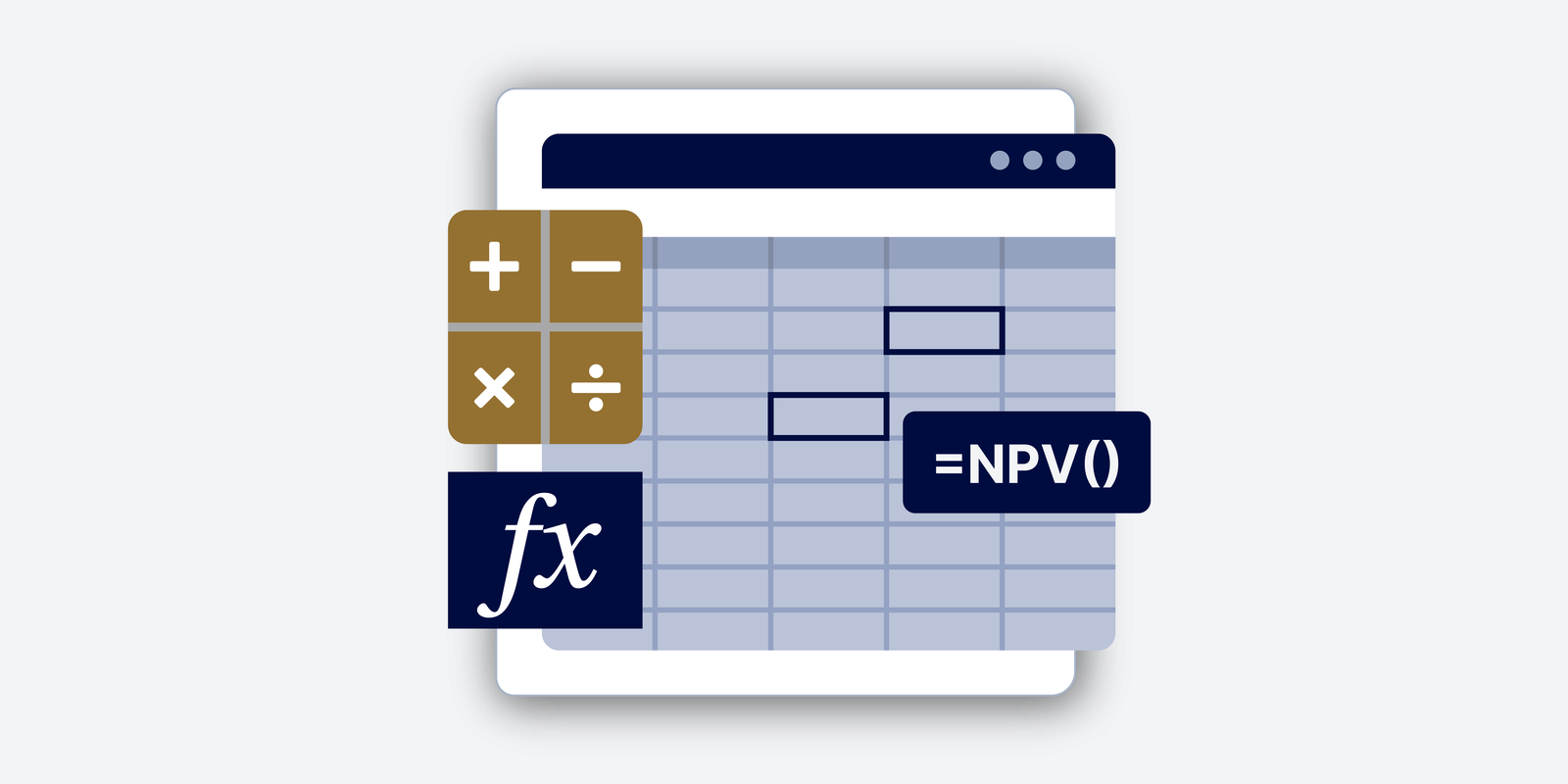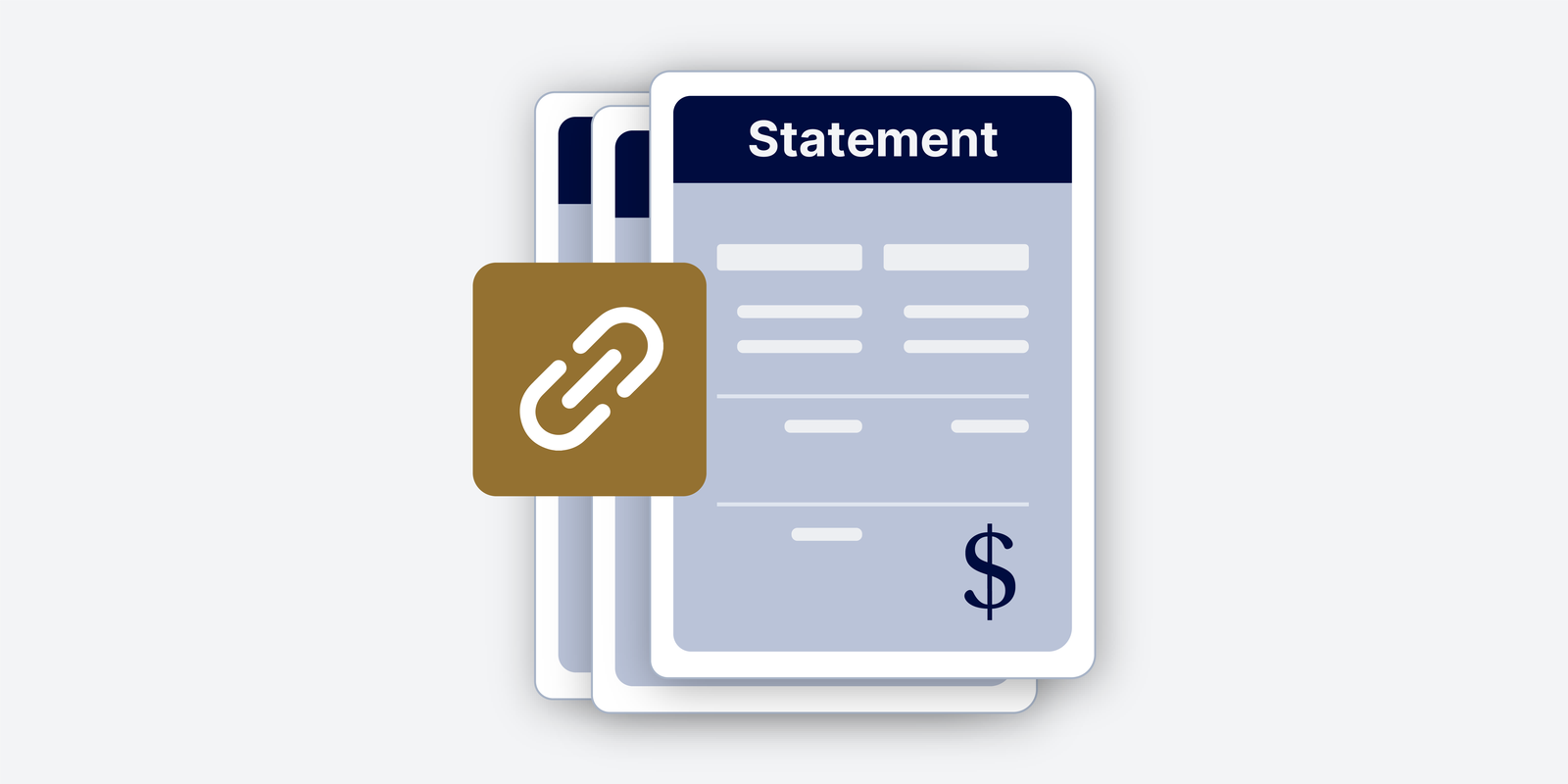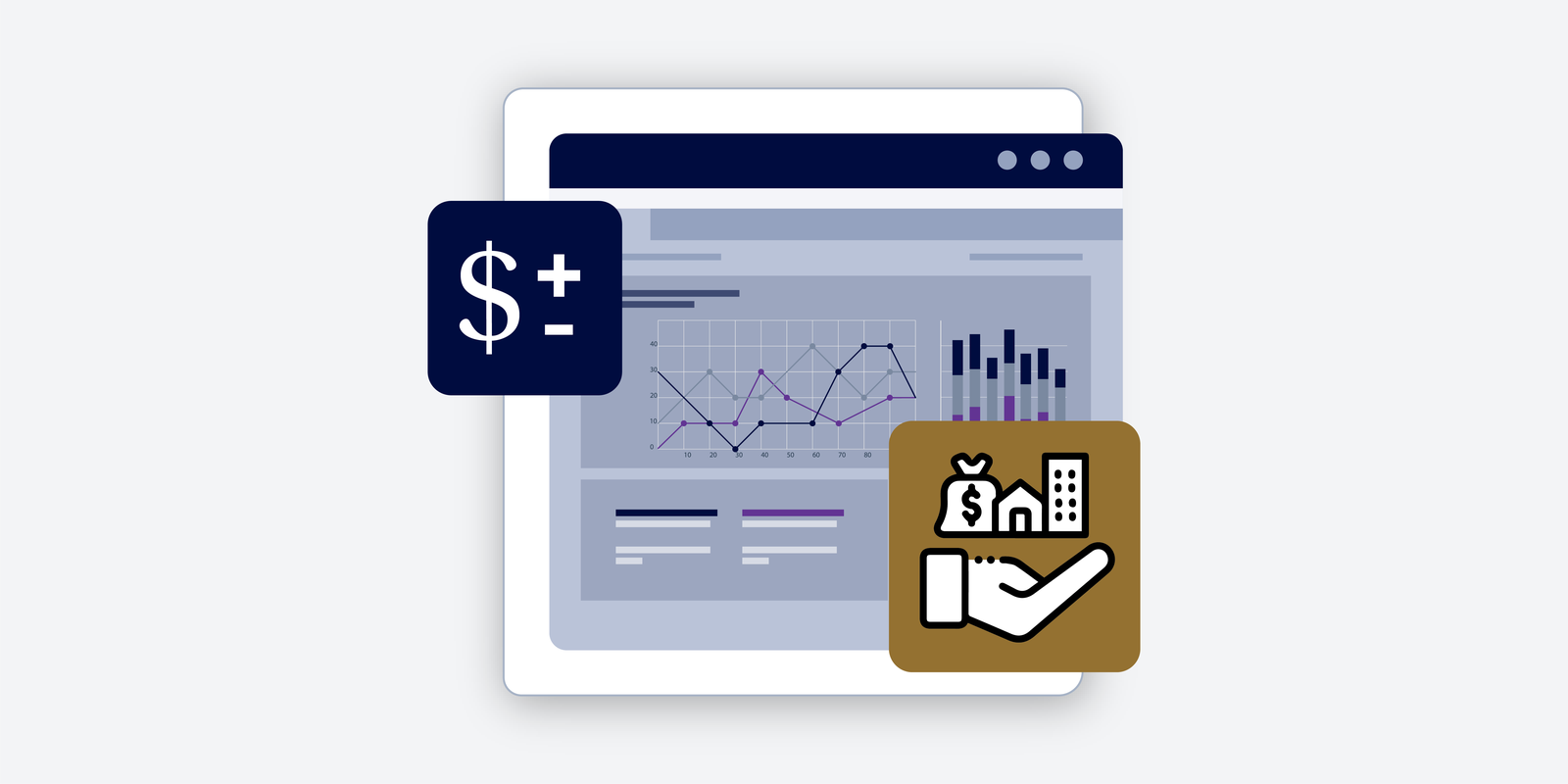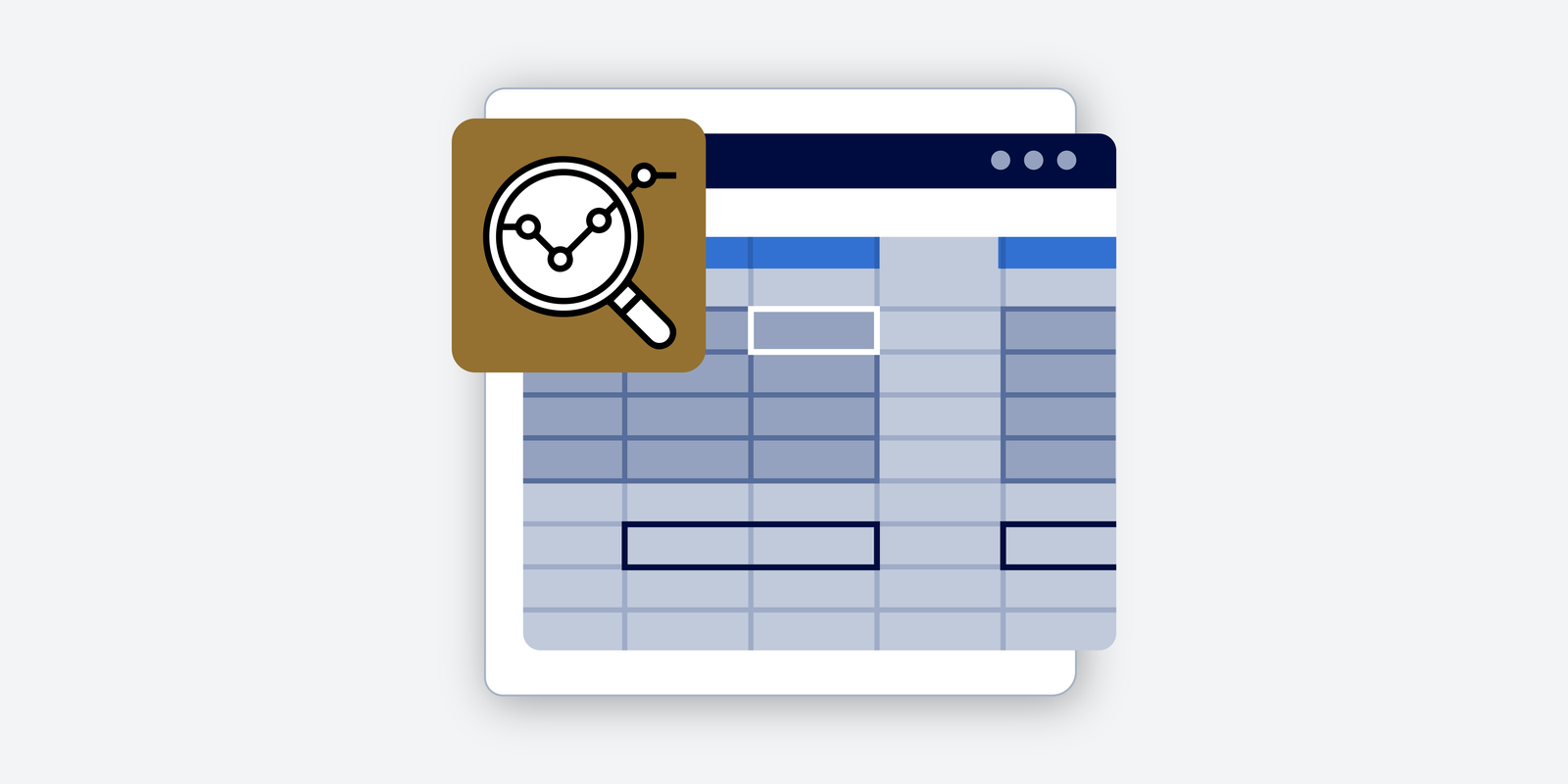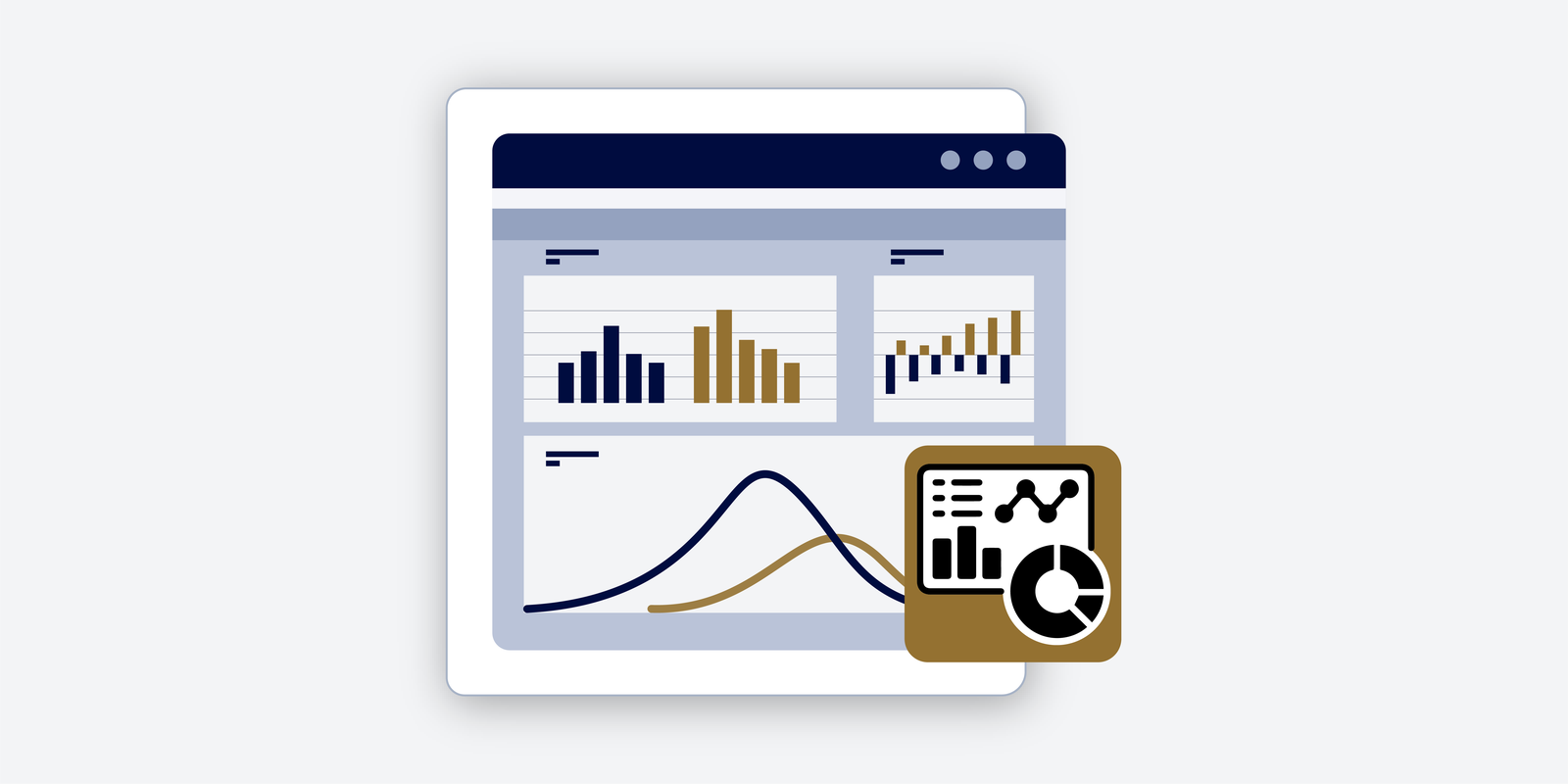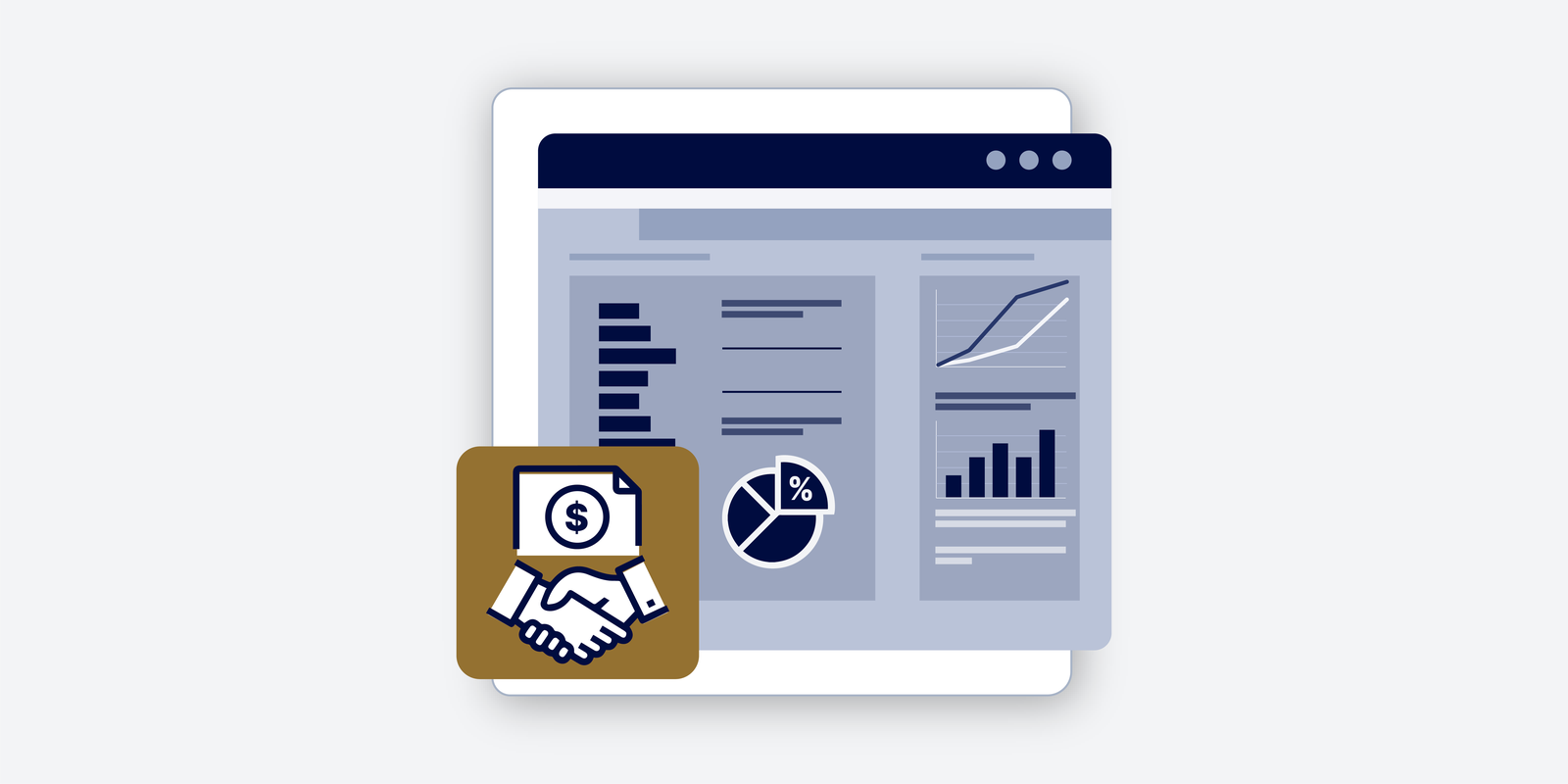What’s New at CFI | Budgeting Processes: Operating, Capital, and Cash Budgets
How Do Major Companies Plan for Long-Term Success and Stay Agile When Things Change?
In this episode of What’s New at CFI, Duncan McKeen breaks down the essentials of corporate budgeting, why it’s critical for aligning strategy with execution, and how FP&A teams use budgeting to drive better decision-making across every department.
Whether you’re a finance professional working in FP&A, a business analyst building forecasts, or a team lead navigating strategic planning cycles, this episode gives you a practical roadmap for how budgeting works at scale.
Transcript
Meeyeon (00:13)
Hi, everyone, and welcome to another episode of What’s New at CFI, where we talk about literally what is new at CFI.
Today, we’re going to be talking about one of our latest courses, authored by one of your favourite instructors, Duncan McKeen, and it is called Budgeting Processes. So, for me, I understand budgeting from a personal finance perspective, but when it comes to this course, what is the budgeting course all about in the context of CFI?
Duncan McKeen (00:49)
It’s a great question. Budget, budgeting is something that is, it’s so important. And the reason that it’s so important for corporations to engage in budgeting is really when you think from a high level, when companies set strategies, when they look forward into the future and think about, where do we want to be in five years? Then what they often do from there is they’ll break that down to, okay, what do we need to be doing in each one of the next years,
over the next five years, in order to get to that five-year goal? And that’s really where budgeting comes in. If you know what you need to accomplish each year, then you can budget for that. And then as you’re progressing through that year, you can make sure that effectively that you’re you’re meeting or matching that budget. So it’s really like it’s a way of sort of block and tackling so that you can get step by step to meet a longer-term goal, like a five-year goal.
Meeyeon (01:51)
Okay, and I understand that with budgets, just as there are different types for personal finance and budgeting, there are different types of budgeting at a corporate level that can be built. Could you talk us briefly through what the most common different types of budgets are?
Duncan McKeen (02:08)
Yeah, definitely. It’s a great question. So I’ll talk about the most common types of budgets at larger corporations, and then I’ll touch on a little bit how they’re done at smaller corporations. But if you think about the three main financial statements being an income statement, a balance sheet, and a cash flow statement, there’s really a budget to match each one of those statements. The first one that I mentioned, an income statement, that’s really what you’d refer to as an operating budget.
So in an operating budget, you’re really looking at how the company is going to generate revenue and what the targets are for revenue. And then you look at all the cost items that come below revenue on an income statement. So that’s an operating budget. Then you have what’s referred to as a capital expenditure budget. And what you’re really looking at there is what are the large pieces of capital expenditure that we need to plan for
that will impact then the property, plant, and equipment that we need to get to our goals? And what you’re really doing there when you put that together is you’re putting together a balance sheet for the company for the upcoming year. And the third one is referred to as a cash budget. And as you might’ve guessed already, that’s analogous to the cash flow statement. So it’s looking at, you know,
when cash is going to be received, when cash is going to have to be paid, just to make sure, essentially that the company is going to have adequate cash flow through that, say a one-year projection, so that they can meet their goals. So those three types of budgets, being an operating budget, capital expenditure budget, and a cash budget, are done at larger corporations. At smaller corporations, they’ll sometimes,
well, at a very minimum, they would do an operating budget, but sometimes they would just leave it there. Another sort of medium-sized organizations may do an operating budget and a capital expenditure budget, but may not do the cash budget. But all three of them are done at the larger organizations.
Meeyeon (04:17)
And speaking of different types of organizations, does the course look at some real-life examples of budgeting at different types of large businesses that our learners might be familiar with in terms of household names?
Duncan McKeen (04:33)
It certainly does, Meeyeon. Yeah, we don’t get into actual real companies in the sense that we’re not going to be doing an example of a publicly traded company that people would be familiar with. But what we do is we look at a practical example of how budgeting would work within a manufacturing organization. And we go through that in detail. And then we look at how it might be different if you’re working for a retailer.
And then finally, we look at budgeting within a company that’s providing a service to its clients. And so we really are looking at those three examples, manufacturer, retailer, and a service provider.
Meeyeon (05:16)
And when our learners take this course, I have two questions. What is the main takeaway that you hope that they take from this course? And what would you recommend that they take after this course that might help sort of build upon what they learn in this one?
Duncan McKeen (05:21)
Mm-hmm.
Great question. The main takeaway, I think, is we want them to come away with an understanding of just how thorough the budgeting process can be and also how important it is. And we talked earlier about how it ties directly into helping a company achieve like a five-year strategy. So we want them to come away knowing that it’s really important to engage in budgeting. And then in the course, we want them to be
learning how budgeting is done at a very, very high level, like within a large complex organization, how is budgeting done so that they can bring some of those best practices into their organization, make it part of the process for their company.
Meeyeon (06:26)
And after they take this course, is there a particular one that you think would be a great next one for them to take to build on it?
Duncan McKeen (06:34)
Yes, you had a second part to your question. Very good. Thank you. Yes, definitely. Think that the budgeting course, after the budgeting course, a great one to take would be the forecasting techniques course. Because, of course, when you’re budgeting, you’re effectively looking into the future. And then the forecasting course can help everyone with looking at various forecasting techniques to know how best to do that forecasting into the future.
Meeyeon (07:03)
And that’ll probably be a very insightful two-part kind of, if someone takes two of those courses together, because if you’re gonna go and work in Proctor & Gamble or any type of organization where there’s an FP&A unit, which is every business, there is often a season called budgeting and forecasting. And so it’s nice to club those two things together.
Duncan McKeen (07:12)
Mm-hmm.
Yeah, definitely. I think they would complement each other really well.
Meeyeon (07:22)
So, a question that I have around budgeting is, there is a budgeting and forecasting season. Everyone works around the clock to make that budget and do the forecast for the year. And then, of course, it gets updated as time goes on. But what happens after you set the budget for the year and inevitably things don’t go exactly as planned and you don’t necessarily meet that budget.
Duncan McKeen (07:49)
Yeah, that’s a great question. What you’re really talking and of course, it’s very common. Like there’s absolutely like a 0% chance that you’re just going to hit the budget perfectly without going under, without going over. It’s never going to happen.
So, one thing you know always about forecasts with certainty is that they’ll be wrong because they’re just guesses. But what you’re really talking about here is variance analysis. And so what you generally would do is you would look, you would start at a very high level
and look at something like, well, revenue, okay, great. Well, why did revenue come in lower than what we’d anticipated? Okay, so you’d first look at that, but then you’d start to break it down and decompose it. You’d say, okay, well, are there different types of revenue that we’re generating? Did some of them meet our estimates, but did other ones fall behind? And if they fell behind, what was the reason? You basically want to…
Keep drilling down until you get to the root cause of either the beat or the miss. So an example could be that you may, you may end up learning that it was a couple of product lines which came in below expectations. But then what you’d want to do is you’d want to look at, OK, was it a miss on pricing or is it a miss on volume? And you want to, you know, you may get to the root cause, where one of them is
the pricing was set too low, maybe there’s too much discounting. And on the second product, perhaps the volume didn’t meet our expectations. Because really what the goal of this is, is not to pinpoint blame, but the goal is more to learn from what happened in that past month, let’s say, so that you could forecast more accurately into the future. So as your team builds this muscle,
you should be getting better and better and better at forecasting as you go. And you really, you really, you know, get better at it through that process of drilling down and always asking why, why would it be, why did it fail? What was the reason? What was the root cause? And so we talk about that in the course quite a bit.
Meeyeon (10:03)
So if you’ve ever been interested in understanding the budgeting process better at organizations, I hope that this has sparked an interest for you and that you will join us by taking this course.
Until next time, we’ll see you all later.
